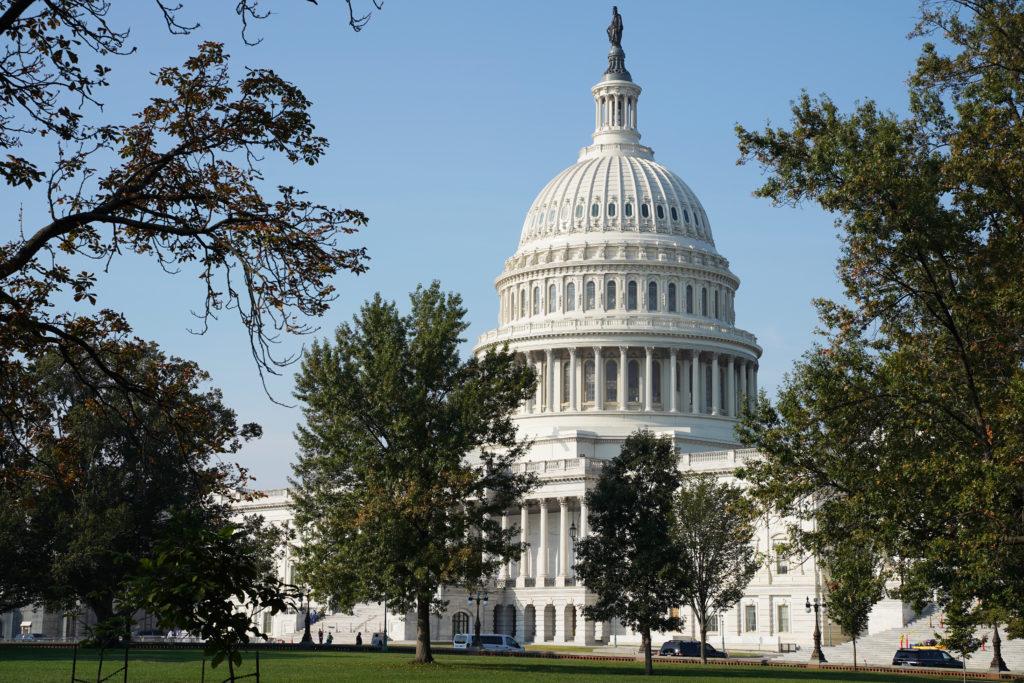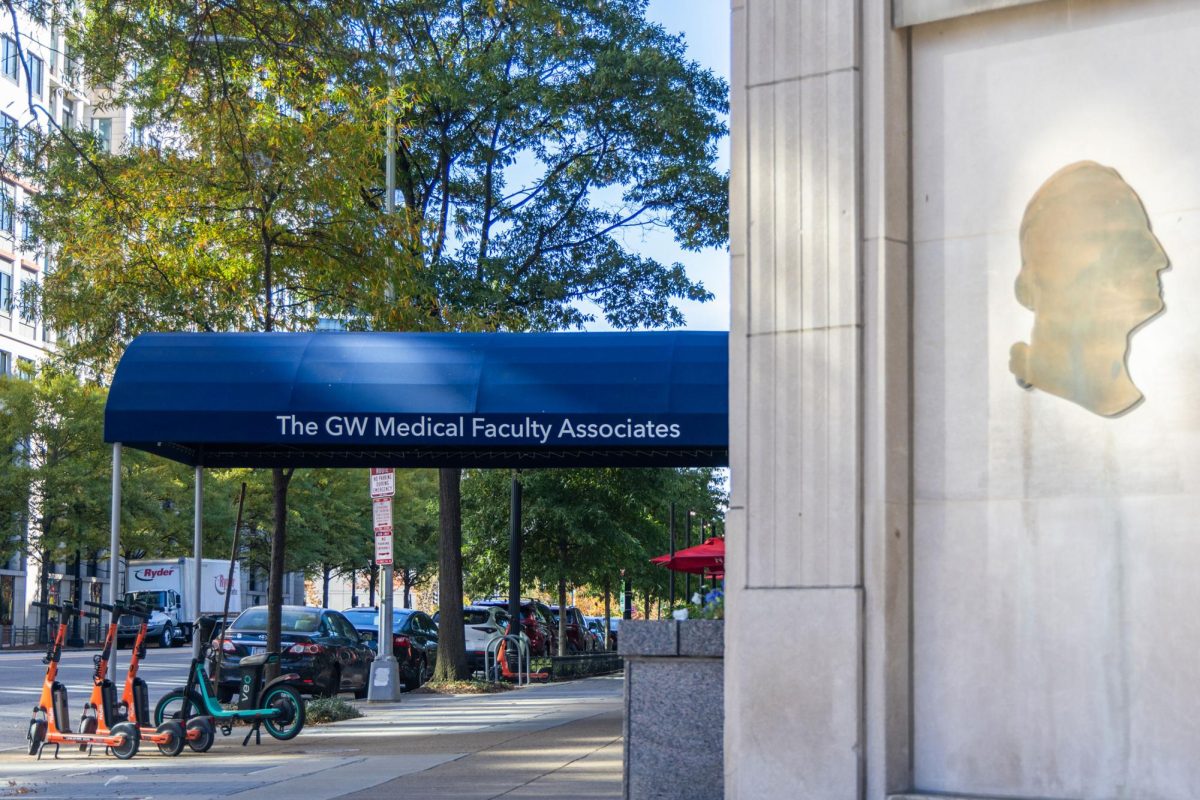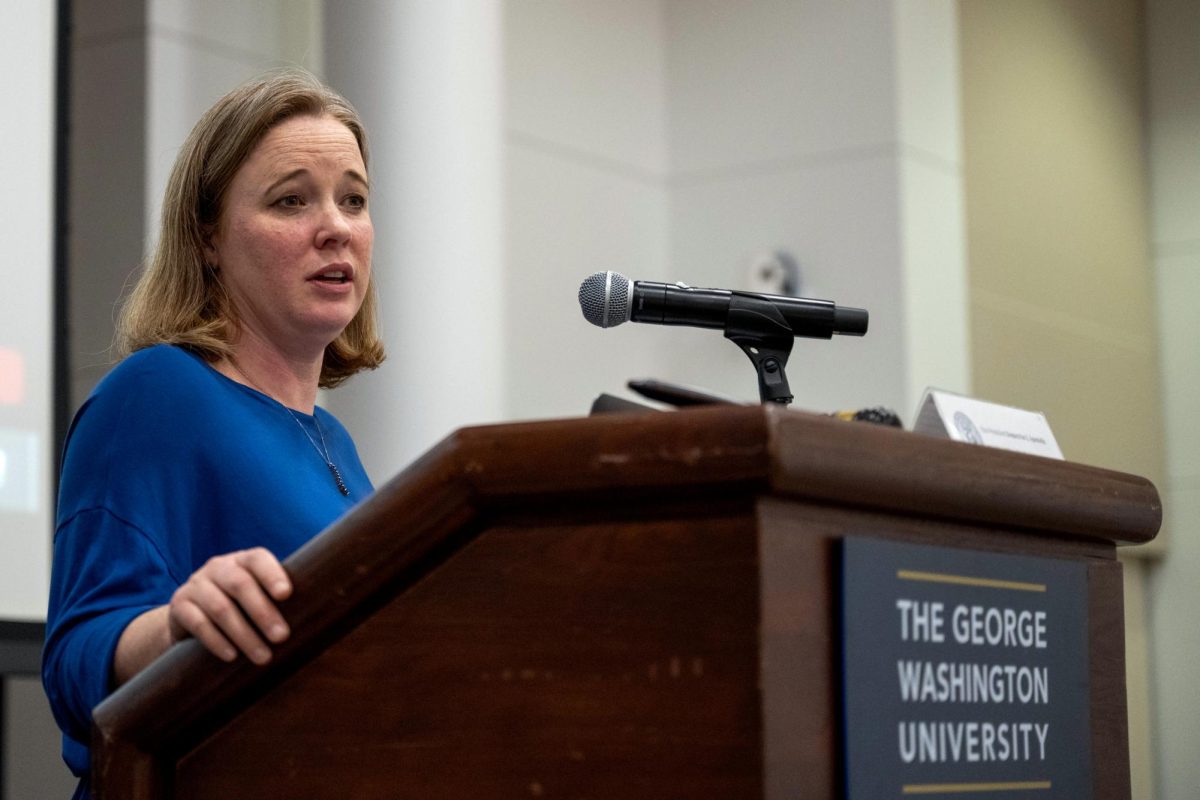The University could receive millions of federal dollars under the American Rescue Plan signed into law by President Joe Biden last month, sending a third round of emergency aid payments to low-income students.
The American Rescue Plan provides about $40 billion for higher education institutions nationwide as they grapple with the COVID-19 pandemic. Higher education experts said the new round of stimulus payments would help the higher education industry supplement lost revenues and aid struggling students hardstruck by the pandemic.
The U.S. Department of Education has not yet announced how much GW will receive under the plan, which is allocated based on institutions’ share of Pell Grant recipients and overall enrollments. The department distributed a total of nearly $20 million to GW under the CARES Act last March and the Coronavirus Response and Relief Supplemental Appropriations Act in December.
“This plan also includes $40 billion in critical resources to help colleges operate safely and provide assistance to help students complete their studies,” Secretary of Education Miguel Cardona said in a statement last month. “It will take years to address the devastating impacts of COVID-19 – including the ways that the pandemic exacerbated the existing inequities in our education system.”
Colleges and universities must use at least half the funds for emergency student aid – including tuition, food, housing, health care, mental health services and child care. The remaining portion can be used for institutional costs to replenish lost revenues, like ventilation and health infrastructure, according to the ED website.
Lynn Pasquerella, the president of the Association of American Colleges and Universities, said higher education institutions have received limited guidance on which students are eligible for aid and other ways to spend the stimulus.
“We were constantly asking for clarity around the distribution of the funds, and there’s a sense of timeliness of distributing these funds,” Pasquerella said.
The American Council on Education projected last month that GW would receive $24,768,000 from the legislation, more than the total from the last two packages combined.
Officials chose to spend the entirety of GW’s $9.1 million package from the CARES Act legislation on emergency student aid, instead of opting to use the maximum amount for institutional costs under the second round of funding while directing about $4.5 million to students.
The CARES Act funding faced controversy because of restrictions prohibiting emergency grants from being used for students enrolled in the Deferred Action for Childhood Arrivals program. But Pasquerella said the Biden administration has signaled those restrictions will be removed under the American Rescue Plan.
While the higher education portion of the CARES Act passed last March was largely targeted at aiding students, Pasquerella said the American Rescue Plan is also aimed at infrastructure development for colleges, like installing ventilation systems compliant with COVID-19 recommendations to allow institutions to reopen.
“It doesn’t do any good to put all of the money into student aid if we don’t have the facilities where we can educate the students,” Pasquerella said. “We need to focus on ventilation systems and classrooms that are going to allow students to engage in safe social distancing.”
Officials are continuing to upgrade GW’s HVAC ventilation systems to align with COVID-19 protocols and recommendations on energy consumption.
Anthony Bieda, the former executive director of the Kentucky Association of Career Colleges and Schools, said the extent of ventilation and coronavirus-related infrastructure work needed at each school could determine how much funding will go toward student aid versus the institution.
“Maybe it’s OK to say you should recover some of your cost for that higher investment initially but not all of it,” Bieda said. “Most of that additional cost that you made at your discretion accrues benefit to your institution for years and years to come.”
Bieda said the ED will release guidance on how institutions should spend their allocations under the American Rescue Plan “in the next few months.”
Marissa Navarro – a research assistant at the Center for American Progress, a public policy advocacy organization – said higher education institutions should focus on directing federal funds toward emergency student aid.
“It is important for institutions to have the means to function, but we also know that in order for a university or institution to function, they need students, and if students aren’t able to afford college, then that is something that will hinder the whole system,” Navarro said.
She said the amount of federal spending directed toward higher education in the three rounds of government stimulus includes severe financial shortfalls, with not enough overall stimulus to aid the ailing industry.
In a letter to congressional leaders in October, the American Council on Education, which includes GW as a member, called for $120 billion in swift aid to address the financial crisis facing higher education caused by decreased enrollment rates and overall economic tightening.
Stimulus payments for higher education institutions in all three rounds amount to about $77 billion.
“We’ve seen in the last package that they received a larger amount of money,” Navarro said. “In order to meet the needs of higher education institutions, we would need that same amount of funding in order to be in the right place in terms of helping institutions and helping their students.”







